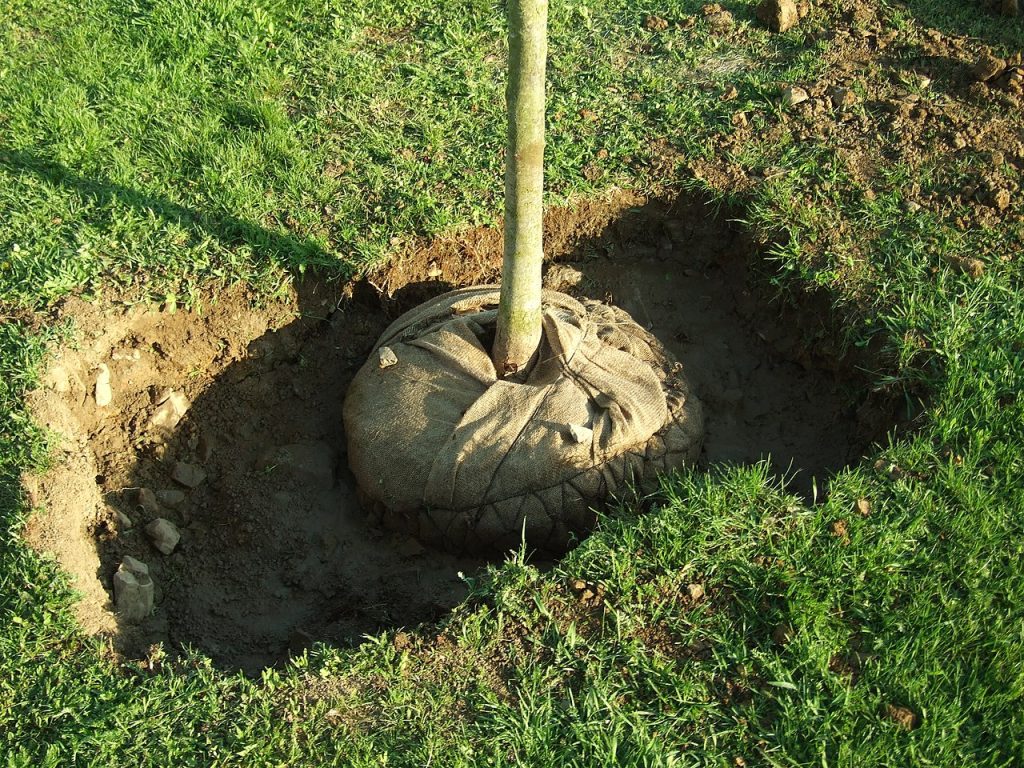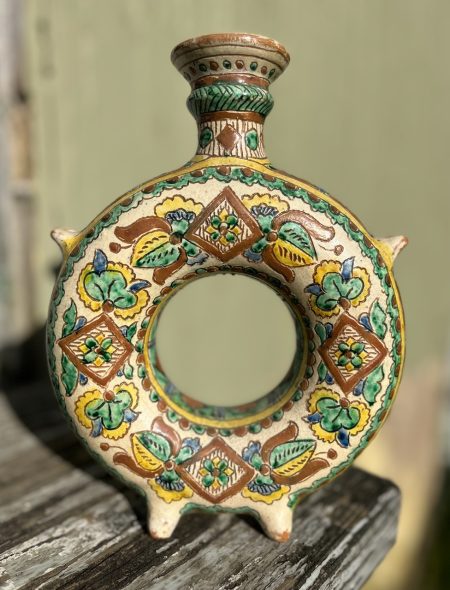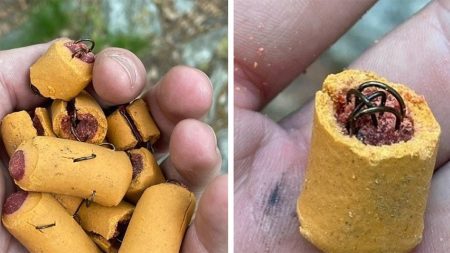When planting any plant, the aim is to help it develop a strong root system as quickly as possible, so it can support its growth effectively.
To achieve the best long-term outcomes, examine the soil in the planting area and follow the advice in the Soil Report. Smaller plants adapt better to transplanting than larger ones and require smaller holes and are less costly.
With this in mind, the key to success is healthy, nutritious soil. Assuming your soil is at least adequate, here's how to proceed.
Dig a hole that is two to three times wider than the plant's roots and deep enough to support the plant safely above soil level with all its roots below.
When planting trees and shrubs, ensure that the root flare is above the soil line.
In general, you should plant into the native soil and avoid creating an artificial well of highly amended soil, as this will cause young roots to circle in place instead of growing into the native soil.
In heavy soils, adding a small amount, 10-20%, of compost or leaf mulch may help finely rooted plants get started. Additionally, loosen the side walls of the planting hole to encourage outward root growth.
Once the new plant is properly positioned, backfill the hole with the removed soil, being sure to fill any air pockets. Gently firm the soil without compacting it.
In a larger hole, it's helpful to water lightly as you backfill so that all the soil is damp when finished. Smaller plants can be backfilled and then watered.
For bare-root plants, gently free the roots of any tangles. You may need to create a soil mound in the base of the hole to support the roots without leaving air gaps. Gently pack soil around the roots, spreading them outward without causing damage.
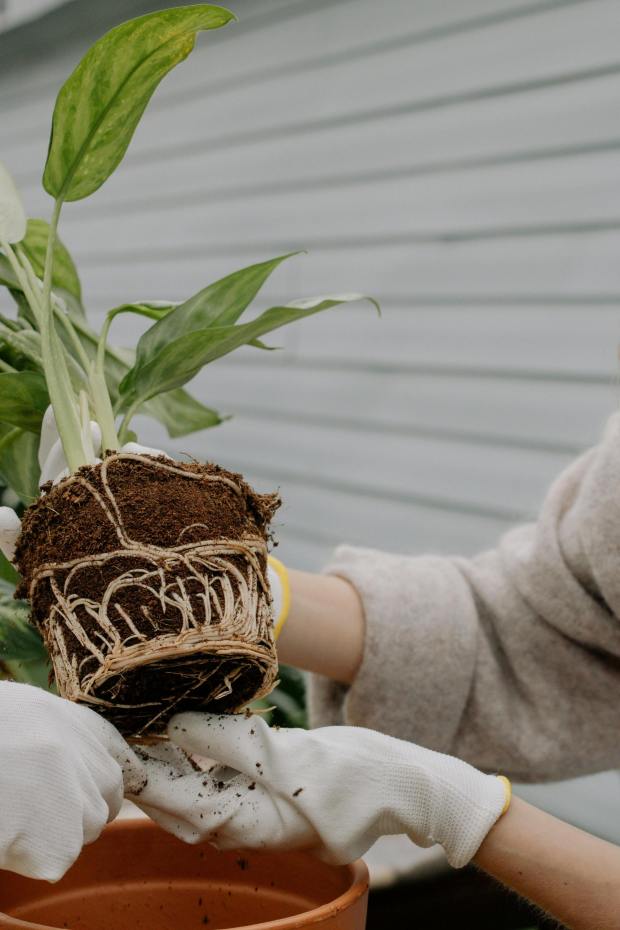
Potted plants often require an additional step as they may be pot bound with tightly circling and intertwined roots.
In such cases, it's beneficial to gently free the roots and possibly use a clean knife to cut some of the roots in order to encourage them to establish quickly in their new home.
Balled and burlapped plants should be planted following the same guidelines, along with removing the wire caging and burlap or plastic packaging around the root ball.
It's usually best to place the plant in the hole to ensure the root flare is at the appropriate level. Additional soil can be added to the bottom of the hole if the plant needs to be raised.
For plants that are too heavy to be easily manipulated, place the ball in the hole and then cut the wire at several points around the edge so that it can be peeled down and left flat in the base of the hole. Similarly, cut away the fabric wrap and remove as much as you can, leaving the rest in the base of the hole.
When you get a new tree or shrub into the ground, it's not the end of the job. New plantings need to be watered more often than established trees and shrubs. Don’t ruin your garden’s success by forgetting this important point.
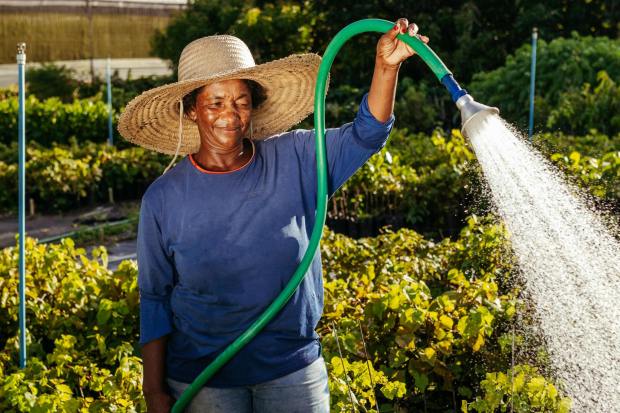
For the first one to two weeks after planting, water every day. From 3 to 12 weeks after planting, water every two to three days. After that, water weekly until the plants are established. Give your new plantings extra care for one to two years after putting them in the ground.
If you need more help with planting or preparing your soil, get in touch with the free Master Gardener Garden Hotline at 610-378-1327 or [email protected].
Elizabeth Finlay volunteers as a Penn State Extension Master Gardener.





